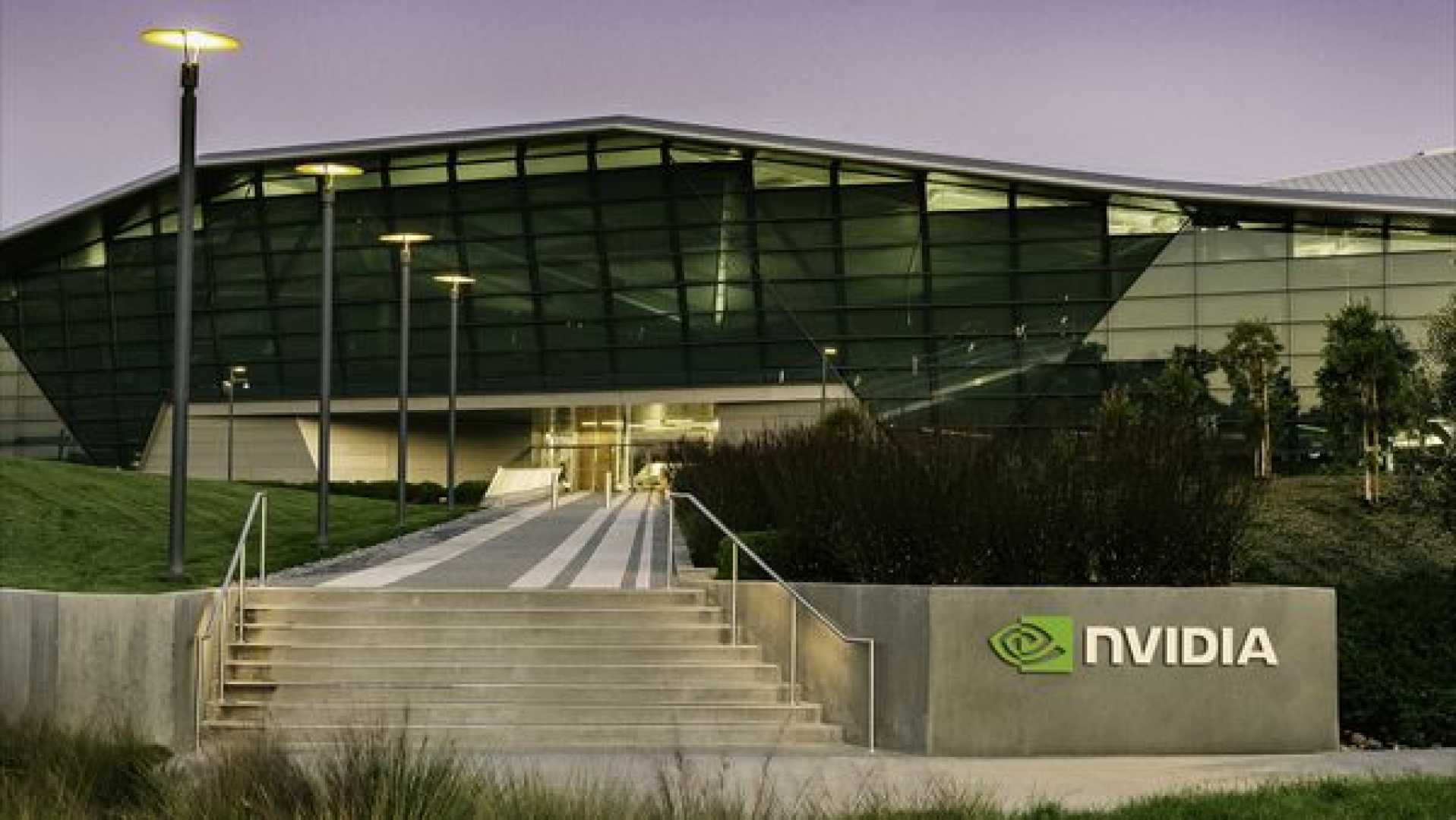Business
Nvidia Faces Major Export Challenges Amid U.S. Licensing Requirements

San Jose, California — Nvidia Corp. is grappling with substantial challenges following a directive from the U.S. government mandating that the company must obtain a license to export its H20 graphics processing units (GPUs) to China. This decision could significantly impact Nvidia’s operations and revenue, particularly in the high-demand AI sector.
On April 14, 2025, Nvidia announced in a regulatory filing that it would incur an estimated $5.5 billion in charges for its fiscal first quarter due to necessary inventory adjustments related to the H20 line. The company’s stock reacted sharply, slipping over 6% in extended trading as investors voiced concerns regarding the potential long-term effects of this licensing requirement.
The H20 chip was specifically designed to comply with existing U.S. export regulations and was projected to generate between $12 billion and $15 billion in revenue for the current fiscal year. However, the U.S. government’s action, primarily prompted by national security concerns over the chips’ potential use in supercomputers, signals a significant shift in the regulatory landscape surrounding tech exports.
Nvidia CEO Jensen Huang has previously expressed concerns about the declining revenue from China, which has dropped to half of pre-export control levels. During a call in February, Huang noted the intensifying competitive landscape, highlighted by the inclusion of Huawei as a competitor for the second consecutive year in Nvidia’s annual filings.
As the U.S. seeks to reinforce its position in the semiconductor industry, Nvidia is also contending with new export restrictions set to take effect next month under the Biden administration’s proposed “AI diffusion rules,” which will further regulate advanced AI technology exports. These developments add complexity to Nvidia’s already challenging operational environment.
The H20 chip belongs to Nvidia’s previous generation of AI architecture, known as Hopper, which debuted in 2022. Although it features slower interconnection speeds than the more advanced H100 and H200 chips, the H20 has been instrumental for Nvidia in China, where it has been utilized by firms like DeepSeek, which recently unveiled its competitive AI model, R1.
Market analysts are keeping a close eye on these emerging dynamics as Nvidia prepares to release its fiscal first-quarter results on May 28, 2025. With the semiconductor industry already under pressure, competitors such as Advanced Micro Devices and Broadcom have also seen stock declines following Nvidia’s announcement.
Nvidia is advocating for a balanced approach to technology regulation amid growing concerns that excessive controls may inhibit innovation and diminish U.S. competitiveness in the global tech market. The company has previously moved some operations, including testing and distribution, out of China in response to earlier export controls, highlighting its ongoing adjustment to an evolving regulatory environment.
As Nvidia navigates the immediate effects of the U.S. government’s licensing requirement, its response will be crucial not only for its own growth trajectory but also for the broader semiconductor landscape. The implications extend beyond just Nvidia, signaling a significant tightening of technology export regulations that could reshape competition in the global market over time.












